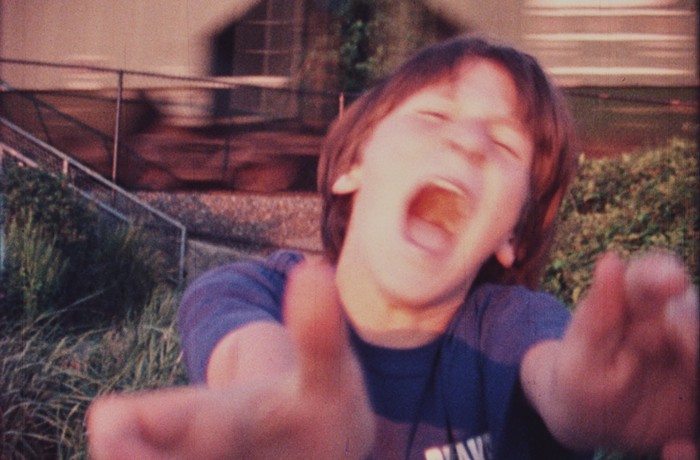Viennese music publishing house Universal Edition has referred to Hans Otte’s The Book of Sounds as “a key work of 20th century piano music,” and its composer has been praised by the likes of Terry Riley and Steve Reich. Yet both the work 3/4 , completed in 1982 and recorded two years later for German label Kuckuck, and its creator are still relatively unknown, even among modern classical aesthetes.
The Book of Sounds is getting a huge profile boost this month with the help of Beacon Sound, the Portland record shop and label that’s issuing a new pressing of the 1984 release with remastered sound and a thoughtful, knowledgeable essay from owner Andrew Neerman. Through that, we learn that Otte built the 12-part work over the course of four years, going through hours of improvisation to find core melodies and rhythms that were free of ostentation.
The pieces are beautiful yet direct, cycling through a theme and adding to it sparingly. “Part 6” uses a melody that could be teased out using a single finger, working up and down the keyboard and relying on the piano’s sustain to add a spectral depth of field. “Part 10” is much more dramatic; a swirl of tightly controlled arpeggios that bumble along like kids playing on a hillside.
The album does feature moments that startle, as with the opening blustering chords of “Part 4,” but Otte intersperses them with bucolic notes for balance and repose. It plays like the ringing tones meant to bring one’s focus back during long periods of meditation. That seems to be Otte’s true intent with Book of Sounds, coming as it did after he received a cancer diagnosis: The work seeks out and finds calm amid flares of worry and fear.












